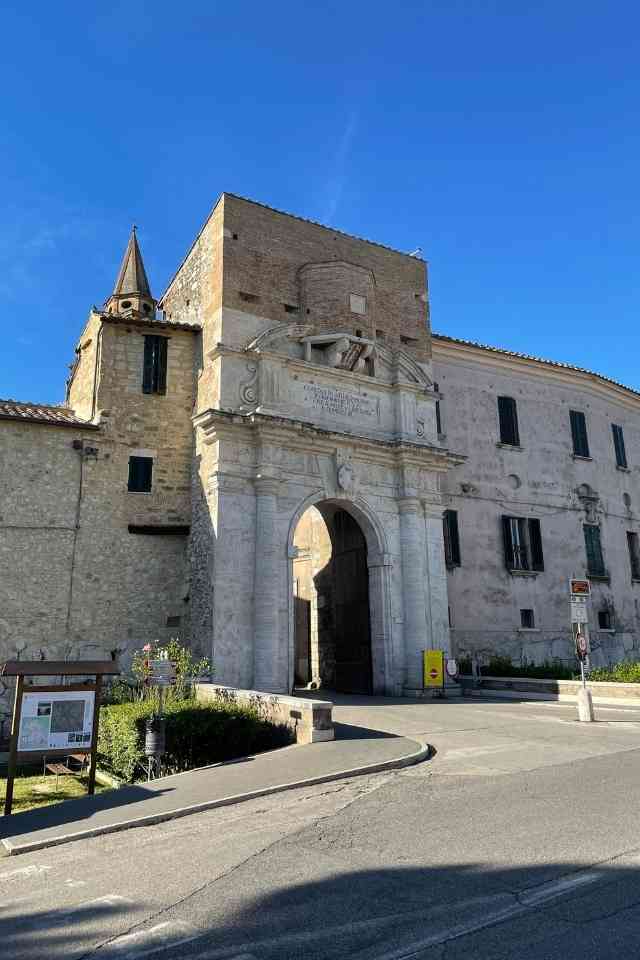Amelia is a city situated on high ground in a strategic position and on the route of the street of the same name, was originally a fortified city between the border that the Tiber placed between the Umbrians and the Falisci.
From the foundation to the Romans: the mythical origins of Amelia
The city, because of its very geographic location, was undoubtedly of great importance in the evolution of protohistoric cultures between Latium and Umbria.
The earliest evidence of the Umbrian center dates back to the Bronze Age, with the discovery on the cliff of ceramic remains and a hut settlement on the southeastern slope. It is possible to read the continuity of life of the early settlement, from the Iron Age to the full archaism, and the strong contacts with Etruscan and Faliscan peoples on the other side of the Tiber.
Between the 5th and 4th centuries B.C. the Umbrian center, probably called Amer, must have had a stable structure and control by an aristocratic class, as attested by the grave goods found in some chamber tombs in the Pantanelli Sanctuary, southwest of the present city and other findings including fragments of an inscription engraved on bronze foil with a votive dedication to Zeus now in the Archaeological Museum in Naples, or the rich grave goods in the Ex-Consortium Necropolis. The remains of the megalithic walls near Porta della Valle where the earliest gateway to the ancient city must have been located are from this period.
In the early 3rd century BC, with Rome’s advance into Faliscan territory, official relations with the Urbe were forged and construction of the Polygonal Walls began.
From the end of the Republican age until the Augustan period, with the transformation of Ameria into a municipium in Regio VI, the city’s urban plan and its monumentalization was revised: the city was endowed with a forum with a Cistern, a theater, an amphitheater, baths and the campus where the bronze of the Germanicus was found, now in the Civic Museum ; the domus were enriched environments with mosaics such as those found in the cellars of Palazzo Venturelli or Palazzo Farrattini.
Ameria’s importance grew, and witness the famous oration Pro Sexto Roscio Amerino, which saw Cicero defend an Amerian nobleman, later acquitted, from the terrible charge of murdering his father.
From the third century AD. Ameria was assigned to the province Tuscia et Umbria, the first early Christian records occur in the 4th century, by the mid-5th century it was a diocese.
As the importance of the Via Amerina grew, so did the importance of the stronghold of Amelia, which was contested by the Goths, Byzantines and Lombards. In 548 the city was sacked by Totila’s Goths, later it was dominated by Faraoldo I Lombard Duke of Spoleto (579) until in 742 it was returned to the Papal State by Liutprando as Castrum Sancti Petri.





